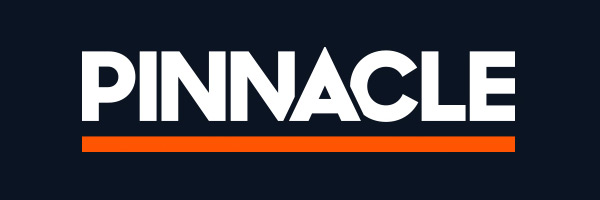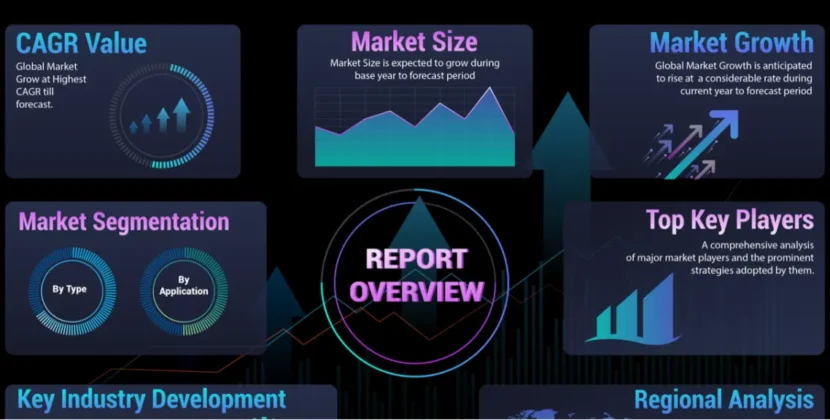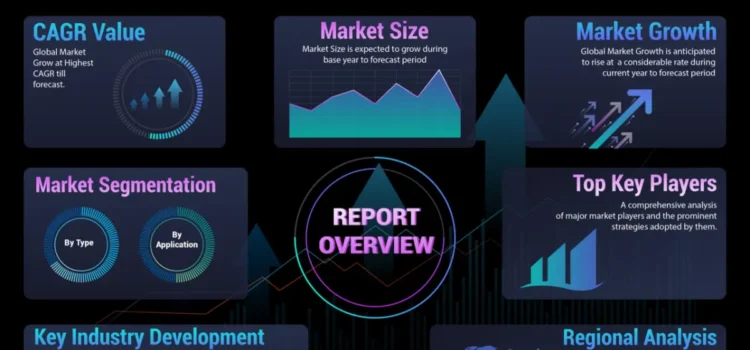
In today’s competitive business landscape, the path to success is rarely a straight line. Instead, it often resembles a winding road fraught with uncertainty and risk. Achieving business goals requires a series of calculated risks or “smart bets” that can lead to substantial rewards. However, the stakes are higher than ever, especially in a challenging economic environment. This article explores how to navigate these risks and make informed decisions to enhance your marketing strategy.
Understanding Smart Bets
At its core, making a smart bet means placing a calculated wager on an idea or initiative that has the potential for significant returns. The concept is not merely about taking risks for the sake of excitement; it involves a thorough analysis of data and trends to inform your decisions.
When considering what constitutes a smart bet, it’s essential to differentiate between two types of actions:
- Innovative Ventures: Trying something new that has never been done before carries inherent risks. Without historical data to rely on, you are venturing into uncharted territory.
- Data-Driven Decisions: On the other hand, investing further in an initiative that has already demonstrated success is generally seen as a smart move.
Smart bets fall somewhere in between these two extremes, combining the courage to innovate with the prudence of data analysis.
The DIBB Framework for Making Smart Bets
One effective approach to making smart bets is the DIBB framework, which was developed by Spotify. This model emphasizes the importance of data-driven decision-making while incorporating elements of belief and hypothesis development. Here’s a breakdown of the DIBB framework:
Data
The foundation of any smart bet is reliable data. This includes metrics that reveal how previous campaigns performed, customer engagement levels, and the overall reach of your marketing channels. For instance, understanding how different segments of your audience respond to various types of content can inform future marketing strategies. By gathering quantifiable information, you can create a clearer picture of what is likely to resonate with your target market.
Insight
Collecting data is only half the battle; the real skill lies in interpreting it. Insight involves identifying patterns and drawing conclusions from your data. Can you spot trends that may indicate future behavior? For example, if you notice that video content receives higher engagement rates than static images, this insight can guide your content strategy moving forward.
Belief
While data provides a factual basis for decision-making, belief adds an essential layer of intuition and creativity. At this stage, you should formulate a hypothesis based on the insights you’ve gathered. This hypothesis will guide your decision-making process and help you establish a framework for testing your ideas.
Bet
Once you have gathered data, derived insights, and formed a belief, it’s time to make your bet. This step involves taking action—implementing your strategy based on the groundwork laid out in the previous steps. It’s crucial to start small and run controlled experiments to test your hypothesis. This way, you can adapt and adjust your approach based on real-time feedback, minimizing risks.
Common Pitfalls When Taking Calculated Risks
Despite the framework’s strength, it’s essential to remain vigilant against potential pitfalls that can undermine your efforts. Here are three common mistakes to avoid when making calculated risks:
1. Overestimating the Odds of Success
While dreaming big can be appealing, it’s vital to maintain a realistic perspective. A potential reward may seem enticing, but if the likelihood of achieving that outcome is low, it’s better to rethink your strategy. For example, launching a new product without adequate market research may lead to disastrous results if the demand is not there.
2. Ignoring Consequences of Failure
Every bet carries the risk of failure. Before committing to a course of action, consider the worst-case scenario. Can your business withstand the potential fallout? If a failure could lead to severe financial losses or reputational damage, it may be wiser to take a more conservative approach or run smaller-scale tests first.
3. Being Inflexible
The ability to pivot in response to new information is crucial for success. If you become too attached to your initial hypothesis, you may miss opportunities for adjustment that could lead to better outcomes. Regularly evaluate your progress and be willing to change course if the data suggests a different path is warranted.
Case Studies: When Smart Bets Paid Off
Understanding the principles of smart betting is one thing, but real-world examples can further illuminate how these concepts manifest in practice. Here are three notable case studies:
Salesforce: A Cloud-First Approach
Salesforce’s journey is a prime example of making smart bets in the tech industry. When Salesforce launched in 2000, it challenged established players like Oracle by promoting a cloud-only subscription model for customer relationship management (CRM). At the time, most software required physical installations, and Salesforce boldly campaigned for a new norm. This innovative approach was initially met with skepticism, but Salesforce’s calculated risk paid off: by 2009, it became the first cloud computing company to reach a $1 billion valuation.
Airbnb: Disrupting Hospitality
The story of Airbnb began with its founders renting out their apartment during a conference when hotels were fully booked. Initially, many investors doubted the viability of a platform that allowed strangers to share living spaces. However, by testing their idea through their own experience, the founders refined their model before seeking investment. They subsequently joined a startup accelerator, gaining invaluable resources and insights that helped them grow. Today, Airbnb is a multi-billion-dollar business that has revolutionized the hospitality industry.
Google: Investing in YouTube
In 2006, Google made a bold move by purchasing YouTube for $1.65 billion, despite the platform’s ongoing financial losses. Many critics questioned the wisdom of this investment, considering the enormous bandwidth costs associated with streaming video. However, Google recognized the long-term potential of video content and committed to supporting the platform. By enhancing content policies and attracting advertisers, YouTube transformed into a powerhouse, generating $182 billion in revenue for its parent company, Alphabet, by 2020.
Building Smart Partnerships
As you navigate the complexities of making smart bets, remember that you don’t have to go it alone. Partnering with agencies or experts in areas such as digital marketing, design, or analytics can provide invaluable support. For instance, by collaborating with a design service like Superside, businesses can enhance their marketing efforts through high-quality creative assets while maintaining flexibility in their strategies.
Conclusion: Embrace Smart Risks for Long-Term Success
In an era characterized by uncertainty, the courage to take calculated risks can distinguish thriving businesses from those that falter. By employing the DIBB framework, avoiding common pitfalls, and learning from successful case studies, you can experiment with confidence.
Remember, smart bets are not about reckless gambling; they are informed decisions backed by data and insights. As you venture into new marketing strategies, embrace the opportunity to innovate and explore new avenues for growth. With a calculated approach and the right partnerships, you can position your business for success even in challenging times.

















